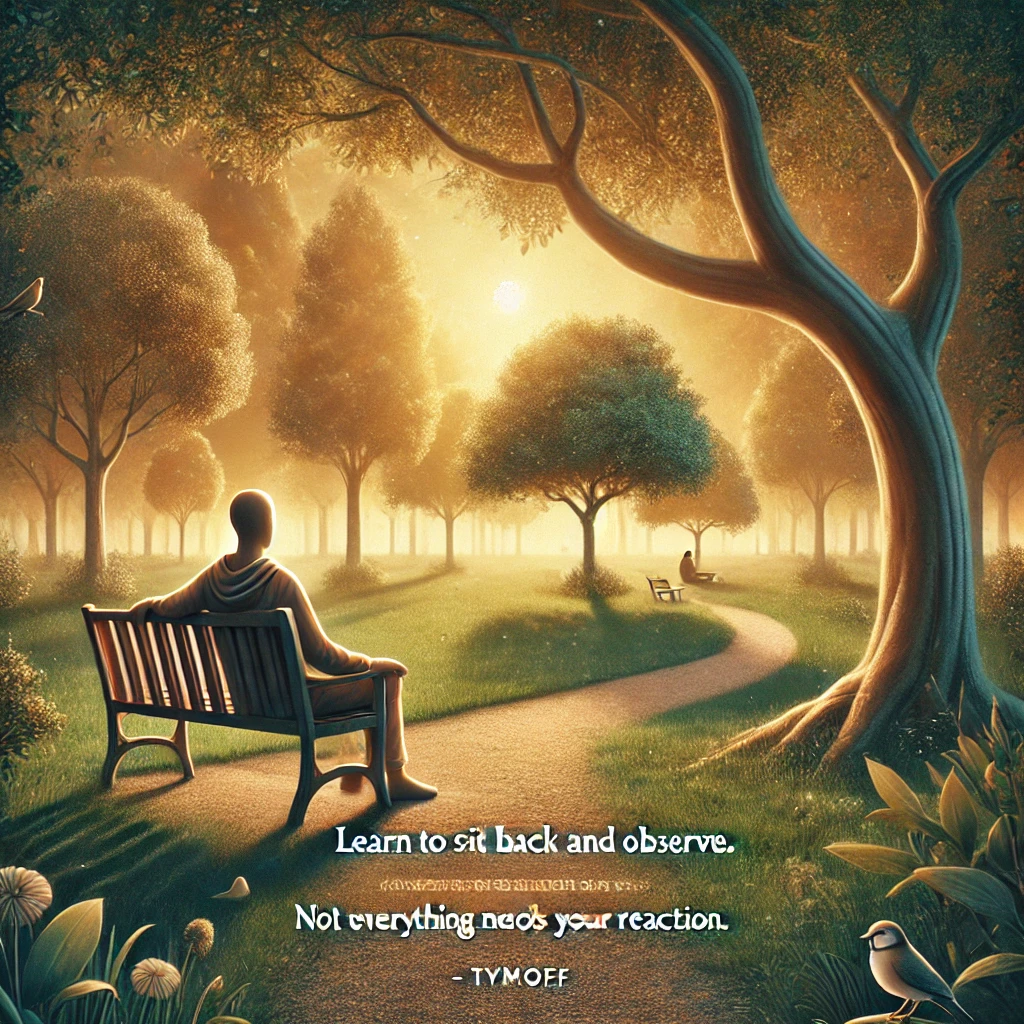Introduction
In the rapidly evolving world of photography and videography, 360 cameras have emerged as a game-changer, offering a new dimension to capturing memories. These innovative devices allow users to capture everything around them, creating immersive and interactive content that transports viewers into the heart of the scene. Whether you’re an adventure enthusiast, a content creator, or someone who loves capturing life’s moments in a unique way, a 360 camera can elevate your visual storytelling. This article will delve into the world of 360 cameras, exploring their features, uses, and the top models available in the market.
What is a 360 Camera?
A 360 camera, also known as an omnidirectional camera, is designed to capture a spherical view of the surroundings. Unlike traditional cameras that capture only a limited field of view, 360 cameras use multiple lenses (usually two wide-angle lenses) to record footage in all directions. The captured images or videos are then stitched together to create a seamless, panoramic view.
How Does a 360 Camera Work?
360 cameras typically have two or more lenses that capture overlapping fields of view. Each lens captures a 180-degree view, and the camera’s software stitches these images together to create a single 360-degree image or video. Advanced algorithms ensure that the seams between the images are as seamless as possible, resulting in a smooth and immersive experience for the viewer.
Benefits of Using a 360 Camera
Immersive Experience: The primary advantage of 360 cameras is their ability to create an immersive experience. Viewers can explore the scene in every direction, providing a sense of being physically present in the location.
Versatility: 360 cameras are versatile tools that can be used for various purposes, from capturing scenic landscapes and sports events to creating virtual tours and interactive experiences.
Enhanced Storytelling: For content creators, 360 cameras offer a unique way to tell stories. They allow for more creative freedom and engagement, making the content more appealing to audiences.
Virtual Reality (VR) Compatibility: 360 videos and photos can be viewed using VR headsets, providing an even more immersive experience. This is particularly useful for virtual tours, training simulations, and entertainment.
Applications of 360 Cameras
Travel and Adventure: 360 cameras are popular among travelers and adventure enthusiasts who want to capture the beauty and thrill of their experiences. From hiking trails to underwater dives, 360 cameras can capture it all.
Real Estate: Real estate agents use 360 cameras to create virtual tours of properties. This allows potential buyers to explore homes from the comfort of their own space, providing a comprehensive view of the property.
Events and Concerts: Capturing events and concerts in 360 degrees allows viewers to feel as if they are part of the crowd, enhancing the viewing experience.
Education and Training: 360 cameras are used in educational and training settings to create interactive learning experiences. For example, medical students can explore a virtual operating room, or employees can undergo safety training in a simulated environment.
Top 360 Cameras in the Market
Insta360 ONE X2
Features: The Insta360 ONE X2 offers excellent image stabilization, 5.7K video resolution, and a waterproof design. It also includes features like invisible selfie stick and AI editing tools.
Uses: Ideal for vloggers, travelers, and action sports enthusiasts.
GoPro MAX
Features: The GoPro MAX combines the functionality of a traditional GoPro with the immersive power of 360 capture. It offers 5.6K video resolution, HyperSmooth stabilization, and a rugged, waterproof design.
Uses: Perfect for adventure seekers and extreme sports enthusiasts.
Ricoh Theta Z1
Features: The Ricoh Theta Z1 is known for its high image quality, thanks to its 1-inch sensors and 7K resolution. It also supports RAW image capture and offers excellent low-light performance.
Uses: Suitable for professional photographers and real estate agents.
Vuze XR
Features: The Vuze XR is a versatile camera that can switch between 360 and 180-degree capture. It offers 5.7K video resolution and VR compatibility.
Uses: Ideal for content creators who want flexibility in their shooting options.
Tips for Using a 360 Camera
Stabilization: Use a tripod or monopod to stabilize your camera and avoid shaky footage. Some cameras come with built-in stabilization, but additional support can enhance the quality.
Lighting: Ensure good lighting conditions to capture clear and vibrant images. 360 cameras can struggle in low-light settings, so shooting in well-lit environments is advisable.
Positioning: Place the camera at the center of the action to capture a balanced view. Avoid placing it too close to walls or other objects that can obstruct the view.
Editing: Take advantage of the editing software that comes with your camera. These tools can help stitch the images together seamlessly and add effects or transitions to enhance the final output.
Conclusion
360 cameras have revolutionized the way we capture and experience the world around us. They offer a unique and immersive way to record memories, create engaging content, and explore new perspectives. Whether you’re an avid traveler, a professional photographer, or a tech enthusiast, a 360 camera can be a valuable addition to your toolkit. With various models available in the market, there’s a 360 camera for every need and budget. Embrace the future of photography and videography by exploring the endless possibilities that 360 cameras have to offer.











Leave a Reply